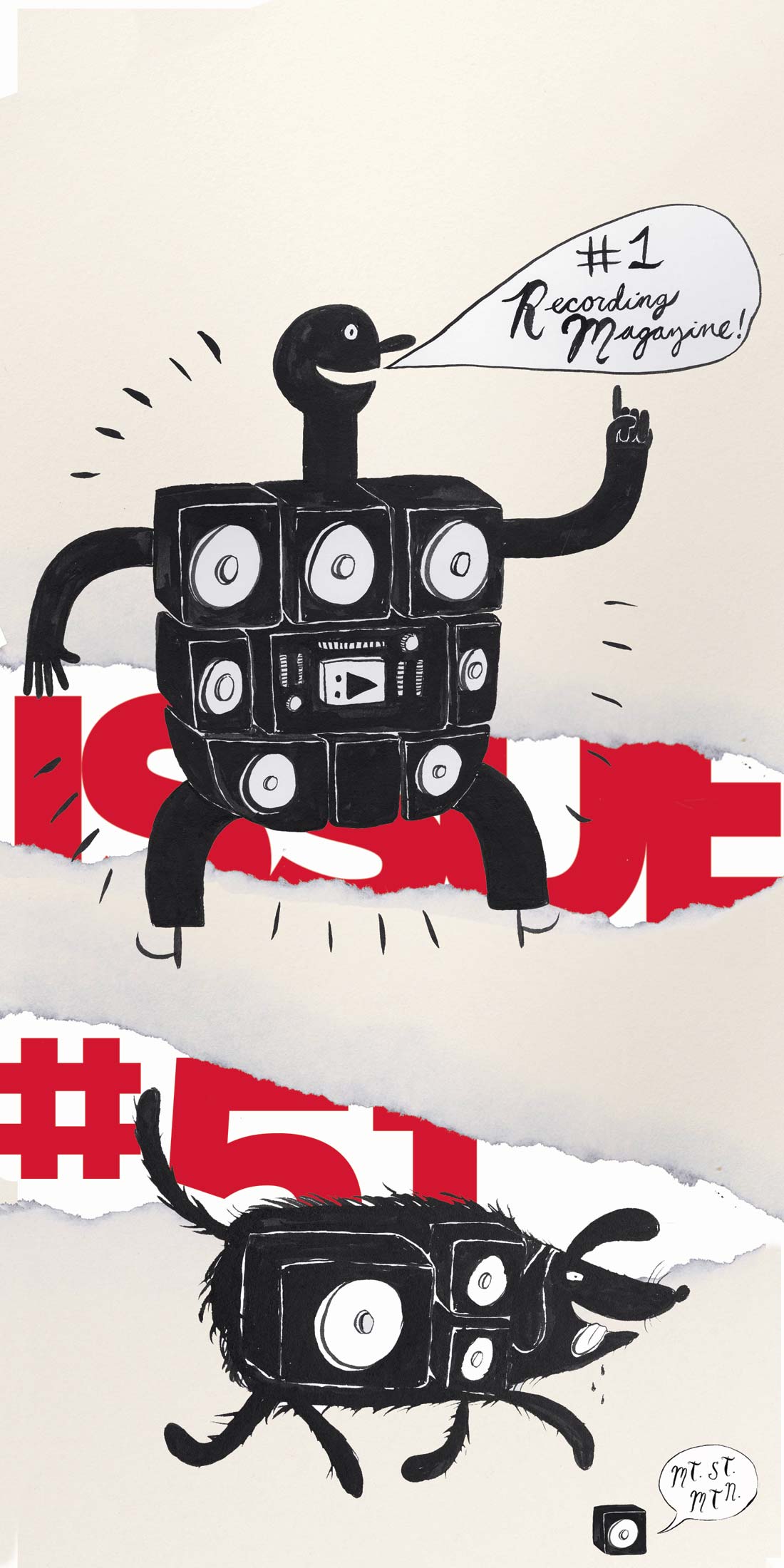In the quest for building the best signal paths to capture the sounds we want in our recordings, it's easy to become myopic and overlook the source. There used to be a saying, "we'll fix it in the mix," but with DAW's, plug-ins, and amp simulators, we've gone way past that and are deep into the "that sucked, come on in" era. One easy way to capture a better guitar sound at the source is to create it with the Fulltone OCD (Obsessive Compulsive Drive). It's the most amp-like and responsive distortion pedal I've ever used. While the ideal is to have the perfect amp for every situation and get the sound between the guitar, the cord, and the amp only, that's not always realistic. The OCD can go a long way in helping out.
The OCD has all the standard overdrive controls- output, gain and tone-and an HP/LP switch (High Peak/Low Peak) for different tones. The High Peak adds low end and an upper-mid peak and is a good choice for the high gain sounds. The Low Peak setting is more natural and truer to your guitar's actual tone.
Sonically, it's rich and round. With the gain at its lowest setting, you can use it as a volume boost to drive the front of an amp. At the highest setting, you can get it as saturated as a Mesa Boogie Triple rectifier, but it's not as one dimensional. What really stands out to me though, is that there is a middle ground, and as you move through the range of the gain knob, you actually get a range of "in- between" gain settings as opposed to very little change until a massive jump. I find that I leave the OCD on all the time and just use my volume knob and touch to create gain changes. It's nice for situations like clubs in NYC, where you never know what kind of amp you're going to find and whether you can get a decent tone out of it. (I'm in Europe as I write this, and I have no problem getting a sound with whatever amp is provided at each venue.) In some cases when I need a bigger gain change, or super saturation for a solo, I'll turn on another pedal in front of it.
With so much control over the "in-between" sounds, it's very easy to get a nice crunch out of the OCD. That crunch-and the ability to fine-tune it-makes the OCD very effective to use during tracking or mixing... and for running your drums through it. Mainly I've used it on room mics, but it would work well on the snare itself. I've had great results on bass and vocals as well. With a street price of $165, it's a very cheap way to increase your palette of guitar and studio sounds. I highly recommend it.
($179 MSRP; www.fulltone.com)




_disp_horizontal_bw.jpg)